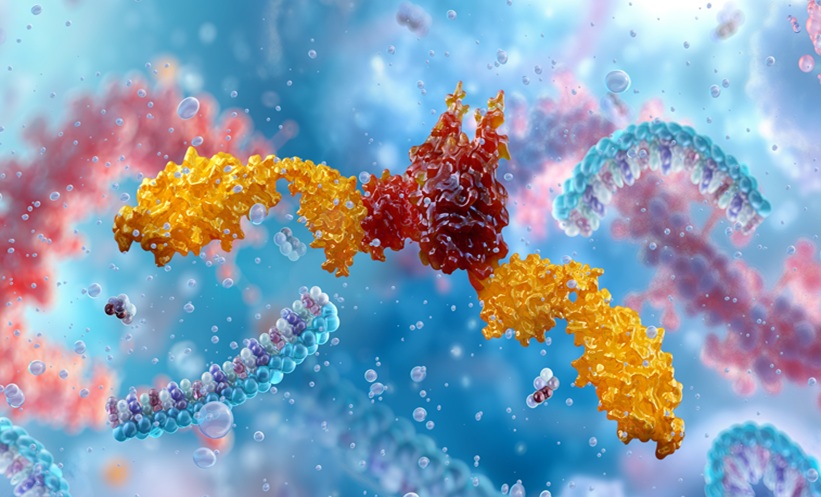CANCER immunotherapy has emerged as a promising approach for treating a wide range of cancers. However, its effectiveness varies among patients, prompting research into alternative strategies. One such approach involves Toll-like receptors (TLRs) and their agonists, which can activate both the innate and adaptive immune responses. Among these, TLR7/8 agonists have gained significant attention due to their potential in eliciting strong antitumour immune responses.
TLRs are a class of pattern recognition receptors that detect molecular structures associated with pathogens or damaged cells. TLR7/8, in particular, recognises viral or self-RNA, and its activation by an agonist such as imiquimod (IMQ) has demonstrated robust antitumour effects. Clinically, TLR7/8 agonists are already used in the treatment of actinic keratosis and basal cell carcinoma, showcasing their potential for broader oncological applications.
Plasmacytoid dendritic cells (pDCs) are a key subset of immune cells that express TLR7/8 and play a crucial role in IFN-I production. Research has shown that IMQ treatment recruits pDCs to the tumour site, transforming them into tumour-killing effector cells. In preclinical models, this recruitment is mediated by the chemokine CCL2, leading to tumour shrinkage. Interestingly, adaptive immune cells such as T and B cells, as well as natural killer (NK) cells, are not required for IMQ’s efficacy at primary tumour sites, highlighting the dominance of innate immunity in this process.
Although pDCs are not commonly found in the skin or tumour microenvironment, IMQ treatment facilitates their recruitment. The early induction of IFN-I within hours of topical IMQ treatment raises questions regarding its cellular source, as pDCs are initially scarce. Additionally, in mouse models, systemic pDC activation due to grooming behaviour has been observed, suggesting potential systemic effects of IMQ beyond its topical application.
The therapeutic impact of IMQ is further enhanced when combined with systemic IFN-I. This dual approach not only improves local tumour control but also induces systemic immune responses that target distant metastases. Furthermore, the synergy between IMQ and checkpoint inhibitors like anti-PD-1 antibodies suggests new avenues for enhancing immunotherapy outcomes.
In conclusion, leveraging TLR7/8 agonists in combination with systemic IFN-I represents a promising strategy for treating melanoma and other topically accessible cancers. This approach could provide a potent means to improve patient responses to immunotherapy while reducing the likelihood of tumour relapse.
Reference
Sanlorenzo M et al. Systemic IFN-I combined with topical TLR7/8 agonists promotes distant tumor suppression by c-Jun-dependent IL-12 expression in dendritic cells. Nat Cancer. 2025;6(1):175-93.








